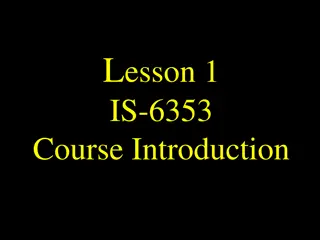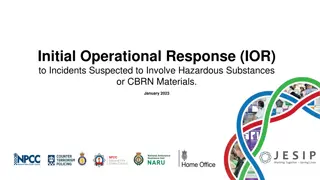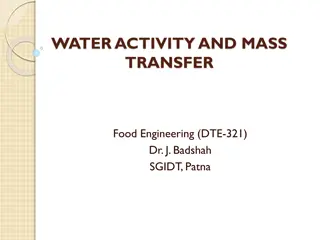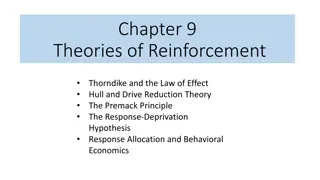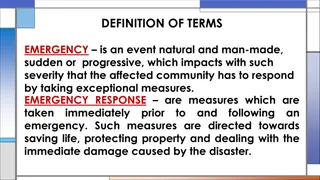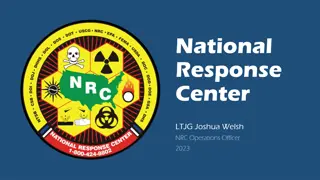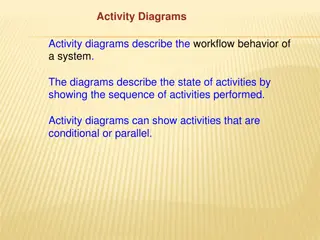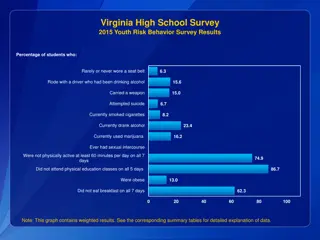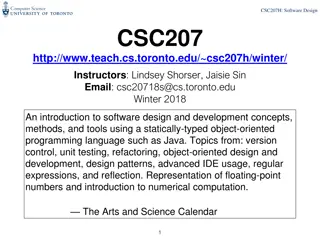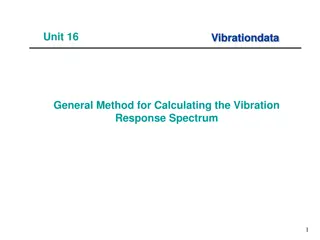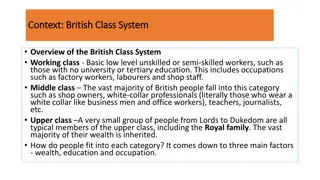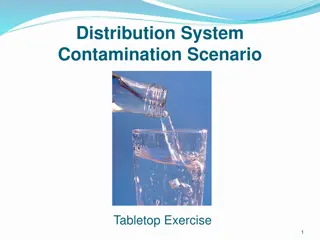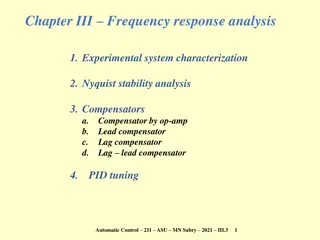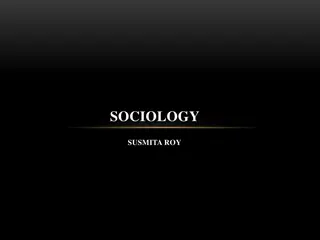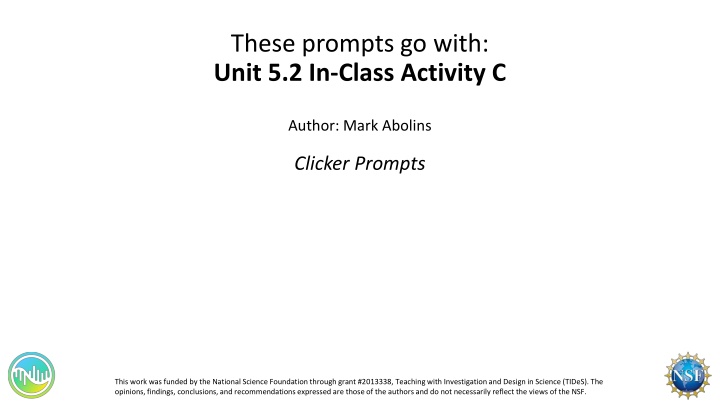
Understanding Flood Recurrence Intervals and Probabilities
Explore the concept of flood recurrence intervals and probabilities through interactive clicker prompts. Test your knowledge on calculating the recurrence of historical floods, discharge volumes, and probability of certain flood events. Discover how to estimate the recurrence interval of record-breaking floods like the San Jacinto River event of 2017.
Download Presentation

Please find below an Image/Link to download the presentation.
The content on the website is provided AS IS for your information and personal use only. It may not be sold, licensed, or shared on other websites without obtaining consent from the author. If you encounter any issues during the download, it is possible that the publisher has removed the file from their server.
You are allowed to download the files provided on this website for personal or commercial use, subject to the condition that they are used lawfully. All files are the property of their respective owners.
The content on the website is provided AS IS for your information and personal use only. It may not be sold, licensed, or shared on other websites without obtaining consent from the author.
E N D
Presentation Transcript
These prompts go with: Unit 5.2 In-Class Activity C Author: Mark Abolins Clicker Prompts This work was funded by the National Science Foundation through grant #2013338, Teaching with Investigation and Design in Science (TIDeS). The opinions, findings, conclusions, and recommendations expressed are those of the authors and do not necessarily reflect the views of the NSF.
1. The recurrence of the 30-Aug-1945 discharge is _______. a. 1.2 years b. 4.1 years c. 13.7 years d. 41.0 years
1. The recurrence of the 30-Aug-1945 discharge is _______. a. 1.2 years b. 4.1 years c. 13.7 years d. 41.0 years
2. The discharge of a 200-year flood would be ~_______ cubic meters. a. 1,255 b. 1,755 c. 2,500 d. 3,455
2. The discharge of a 200-year flood would be ~_______ cubic meters. a. 1,255 b. 1,755 c. 2,500 d. 3,455
3. The probability of a 50-year flood happening in a particular year is ____%. a. 2 b. 1 c. 0.2 d. 0.1
3. The probability of a 50-year flood happening in a particular year is ____%. a. 2 b. 1 c. 0.2 d. 0.1
4. On August 29, 2017, the San Jacinto River had a record discharge of 3,455 m3/s. What is the approximate recurrence interval for this flood? a. 10 years b. 50 years c. 200 years d. >1,000 years
4. On August 29, 2017, the San Jacinto River had a record discharge of 3,455 m3/s. What is the approximate recurrence interval for this flood? a. 10 years b. 50 years c. 200 years d.>1,000 years
5. In 2020, a 500-year flood happened on a river. Two students are discussing what that term means. Which of the following is most accurate? a. The term 500-year flood means that a flood of that size only comes around once every 500 years. b. The term 500-year flood refers to the chance that a flood of that size will happen each year. Because that chance is not zero, it is possible that the area will experience another 500-year flood next year.
5. In 2020, a 500-year flood happened on a river. Two students are discussing what that term means. Which of the following is most accurate? a. The term 500-year flood means that a flood of that size only comes around once every 500 years. b.The term 500-year flood refers to the chance that a flood of that size will happen each year. Because that chance is not zero, it is possible that the area will experience another 500-year flood next year.

